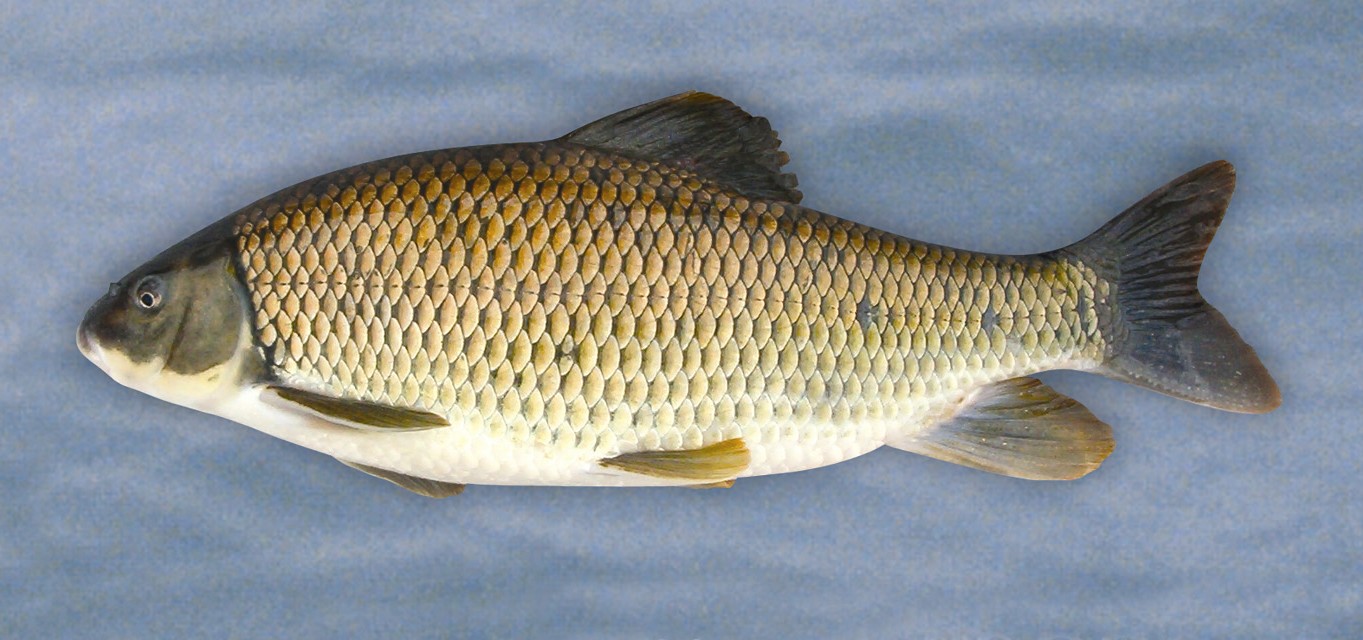
A silent mass extinction is occurring in lakes, rivers and wetlands. Freshwater species are rapidly disappearing in North America and throughout the world. Conservation-minded people might be unaware of this, because of the media’s longstanding focus on land-based ecosystems and charismatic animals.
The United Nations Biodiversity Conference (COP15), to be held in Montreal in December, is an opportunity to reassess priorities. The goal of the summit is to advance the Post-2020 Global Biodiversity Framework that aims to bring about “a transformation in society’s relationship with biodiversity.” Such a transformation would require citizens to have a clear understanding of what is at risk in freshwater ecosystems, which are both disproportionately rich in species and disproportionately threatened.

Freshwater ecosystems outperform terrestrial and marine ecosystems in terms of the amount of biodiversity they support. Lakes, rivers and wetlands account for less than one per cent of the Earth’s surface area and yet hold nearly 10 per cent of all living species, including one-third of all vertebrate animals and more than half of all fish species.
North America itself is a freshwater biodiversity hotspot. Our continent contains more species of fish, molluscs, crayfish, amphibians and aquatic insects than most other regions of the world.
Much of this biodiversity is rapidly declining. During the past century, there have been at least 120 extinctions of North American freshwater animals. Several hundreds more species have become endangered and some of these, too, may already be gone. The true magnitude of this biodiversity loss is unknown, as there have almost certainly been species that went extinct before anyone realized they existed.
North American freshwater animals are disappearing five times faster than those on land. If current trends persist, our continent will lose as much as four per cent of its endemic freshwater species every decade—a rate of extinction similar to that of tropical forest ecosystems, which are thought to be the most threatened on the planet.
In fact, major declines in biodiversity are occurring in virtually every major watershed on Earth. About one in three of the world’s freshwater fishes, molluscs and amphibians are now threatened with extinction.
These declines are being driven by many stressors. Freshwater habitats are being degraded at a pace that rivals human impacts on land and in the ocean. Wetlands are disappearing faster than forests. Most of the world’s large rivers are fragmented by dams, to the detriment of migratory fish and many invertebrate animals. Watersheds have been drastically altered through climate change and bulk water withdrawals. Lakes and rivers are being polluted with fertilizers and pesticides carried in runoff from agricultural fields. Pharmaceuticals and microplastics are increasingly detected in urban waterways. Invasive species are displacing native species to a greater extent in freshwater habitats than in most terrestrial habitats.
If unabated, freshwater biodiversity loss will have tangible consequences to society. Aquatic plants and animals play essential roles in purifying water, generating nutrients that support terrestrial ecosystems in surrounding watersheds, maintaining inland fisheries worth over $100 billion USD annually and providing food for hundreds of millions of people. These natural services are virtually irreplaceable.
Scientific evidence of a global freshwater biodiversity crisis has been mounting since the late 1980s, but the media and political focus on terrestrial species has long persisted. The massive ongoing loss of underwater life has been largely “out of sight, out of mind.”
In the past decade, organizations like the International Union for Conservation of Nature have sounded the alarm on the burgeoning threat to freshwater ecosystems. Public awareness and political leadership must catch up.
COP15 can serve as a catalyst for changing how society regards the rich, precarious diversity of life in our lakes, rivers and wetlands. Biodiversity loss—not least of all in freshwater ecosystems—is one of the most consequential environmental issues facing humanity and merits the same international urgency as climate change.
This article was previously published in the Montreal Gazette.

I notice that in recent years it has become common in the scientific community to blame a multitude of so-called “invasive species” and target them for eradication while ignoring the immense harm that is being done by ongoing and ever expanding construction and development, with the large scale habitat loss and degradation that results, here in the lower 48 United States. And the impact of the millions of dogs and cats is also being largely overlooked.